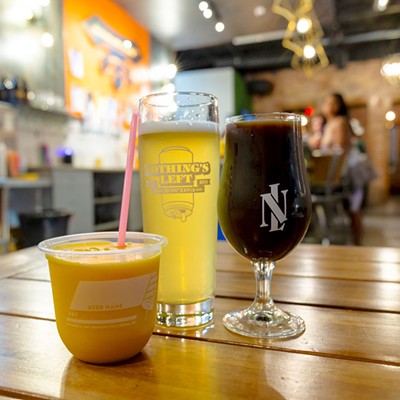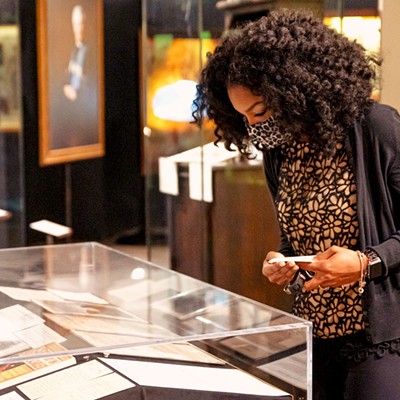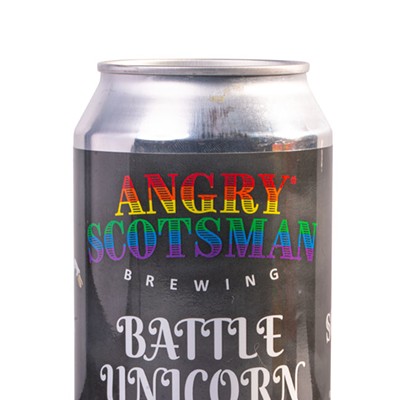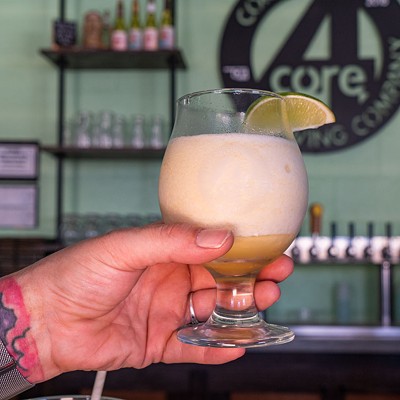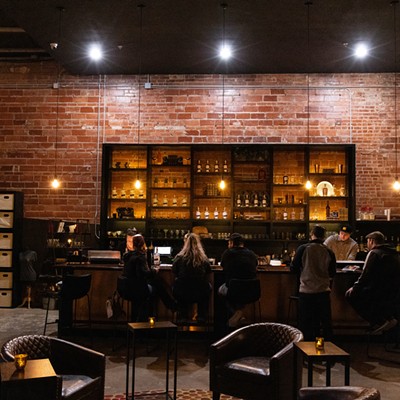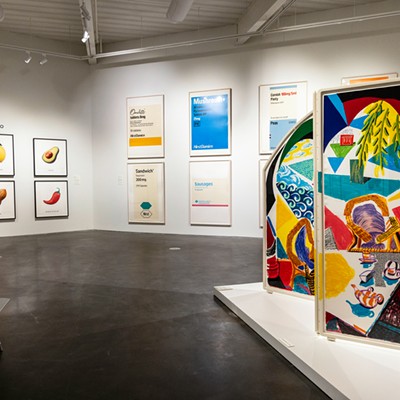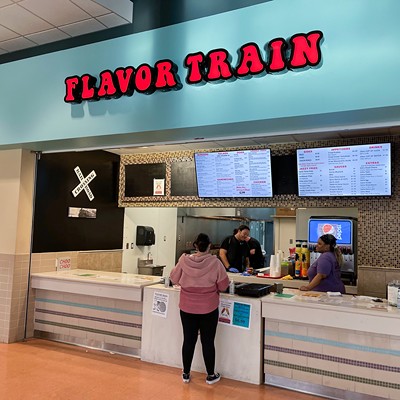The project is still ongoing, so don’t look for the recreated Celtic beer in liquor stores quite yet, but there are plenty of other options for those wanting to taste history.
Beer is a relative newcomer when compared to the world’s oldest libation: mead. The fermented honey-water and yeast drink dates back to around 7,000 B.C., and David Myers, founder of Redstone Meadery in Boulder, Colo., hopes to draw palates back to the ancient drink.
“Mead comes around like clockwork every 2,000 to 3,000 years,” Myers joked. “But with everything going on in the alcohol business, the time was right for a meadery along the lines of a craft brewery.”
Redstone is approaching its 10th year, and its mead is available at 2nd Street Wine Company, 1340 E. Second in Edmond. Myers said the biggest misconception about mead is that it is a onedimensional product.
Redstone actually has three different lines of mead. The Nectar line, with 8 percent alcohol, is light and carbonated for breezy summer consumption. The Mountain Honey Wine line is 12 percent alcohol, non-carbonated and is a full-bodied dessert wine. The Reserve series is more like high-end ports or sherries.
Myers said mead started off with hunter-gatherers trying to find ways to make water more drinkable, eventually discovering that if they added honey and waited long enough, the natural yeasts would ferment the water.
Today’s discerning drinkers look at mead like any other fine wine.
“Just like different grapes make different grape wine or different malts make different beer, different honeys will make different honey wines,” Myers said. “Depending on where the bees have been will have a big influence on the type of honey, which will then have a big influence on the mead.”
But
it’s not just mead that connects drinkers to history. For beer
drinkers, Trappist and abbey ales give a glimpse into the past of
Belgium’s celebrated brewery tradition.
A
Trappist beer is produced within the walls of a Trappist abbey. The
beers are strictly regulated, with only six breweries in Belgium and one
in the Netherlands. Chimay is a famous example of a Trappist ale. An
abbey ale is simply inspired by the Trappist tradition and is associated
with a specific abbey, although it can be brewed offsite.
One
of the newest additions to the market will be Sierra Nevada’s Ovila
Abbey Ale series due to hit Oklahoma shelves in March, according to
spokesman Bill Manley.
The
beer was born when Sierra Nevada was approached by fundraisers for the
Abbey of New Clairvaux in Vina, Calif., to reconstruct a medieval
chapter house called “Ovila.” The house has an interesting history. It
was founded as part of a monastery in Spain in the 12th century, but was
purchased by newspaper magnate William Randolph Hearst, who dismantled
the building and moved it to California. But the project was abandoned
and fell into disrepair until the mid-1990s, when the New Clairvaux
abbey gained possession of the stones in the hope of reconstruction.
Rather
than just donating money, Manley said Sierra Nevada proposed creating a
line of abbey ales with the monastery, even training one of the monks
as a brewer. A portion of the proceeds would then go back to the abbey.
Sierra
Nevada is known as an American-style brewery producing beer from little
more than yeast, water, hops and malt, so this was an interesting
experimentation for the brewmasters.
“The
brewing tradition in Belgium sprung up a lot differently than in other
regions. You have these unique yeast strains that are passed down
century to century,” Manley said. “The Belgians also had no problem
using other ingredients, like adjunct sugars or candied sugars. It can
be syrup or rock and you add it to the boil. It brews nice caramel,
roast toffee flavors. It makes for a beer that presents sweeter, but is
actually quite dry.”

